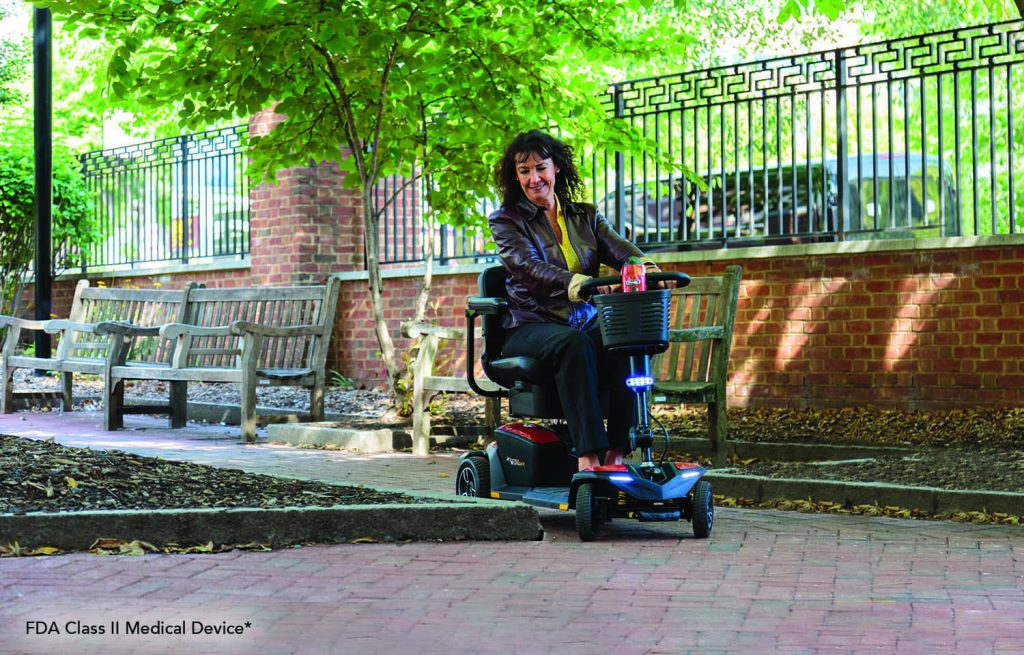Using a walker can make a significant difference in maintaining independence and mobility, especially for individuals recovering from surgery, managing chronic conditions, or coping with age-related mobility challenges. Over the years, I’ve tried several types of walkers to find the best fit for my needs, and each style came with its own set of advantages and drawbacks.
In this article, I’ll share my personal experiences with different walker styles, highlighting their pros and cons to help you make an informed choice. Whether you’re selecting a walker for yourself or a loved one, understanding these differences can make all the difference in comfort and functionality.
1. Standard Walkers
Description:
A standard walker has four sturdy legs with rubber tips and no wheels. It requires the user to lift the walker with each step.
Pros:
- Stability: Offers excellent support for individuals with significant balance issues.
- Lightweight: Easy to lift and maneuver for short distances.
- Affordable: Typically more cost-effective than wheeled models.
Cons:
- Effort to Lift: Can be tiring to use for extended periods or over long distances.
- Limited Speed: Best suited for slow, deliberate movement.
- Not Ideal for Outdoor Use: Rubber tips can snag on uneven terrain or carpeting.
My Experience:
I used a standard walker after hip surgery, and its stability was a lifesaver during my initial recovery. However, I found it cumbersome for moving around larger spaces or outdoors.
2. Two-Wheel Walkers
Description:
A two-wheel walker has wheels on the front legs and rubber tips on the back. It doesn’t need to be lifted entirely off the ground, making it easier to move.
Pros:
- Enhanced Mobility: Wheels allow for smoother movement, especially on flat surfaces.
- Stability: Rear rubber tips provide extra traction.
- Ideal for Indoors: Works well on smooth flooring.
Cons:
- Limited for Uneven Surfaces: Can be harder to maneuver on rough terrain.
- Not as Lightweight: Slightly heavier than a standard walker.
My Experience:
The two-wheel walker was a great transitional option after my recovery progressed. It required less effort to use but still provided enough support for indoor use.
3. Four-Wheel Walkers (Rollators)
Description:
Rollators have four wheels, a built-in seat, and hand brakes for added safety.
Pros:
- Maximum Mobility: Great for outdoor use and covering longer distances.
- Built-In Seat: Allows you to rest when needed, perfect for extended outings.
- Adjustable Height: Customizable to fit various body types.
Cons:
- Less Stable: Wheels make it less stable than standard or two-wheel walkers.
- Bulkier: Heavier and harder to transport.
- Requires Hand Dexterity: Brakes must be engaged to prevent rolling.
My Experience:
The rollator became my go-to for outings and errands. The built-in seat was a game-changer for grocery shopping or taking walks in the park, but I had to be extra cautious on slopes and uneven ground.
4. Three-Wheel Walkers
Description:
A three-wheel walker has a triangular design with three wheels and often includes a storage bag or basket.
Pros:
- Maneuverability: The design makes it easy to navigate tight spaces.
- Lightweight: Lighter than four-wheel rollators.
- Compact: Easier to store and transport.
Cons:
- Stability Concerns: Less stable than four-wheel models.
- No Built-In Seat: Lacks the resting option provided by rollators.
- Requires Good Balance: Not ideal for those with significant mobility issues.
My Experience:
I tried a three-wheel walker for a while, and while I appreciated its maneuverability in crowded spaces, I missed the stability and resting option of a rollator. It worked best f
5. Knee Walkers
Description:
Knee walkers are designed for individuals with lower leg injuries. They have a padded platform to rest one knee while propelling forward with the other leg.
Pros:
- Hands-Free Mobility: Allows for carrying items while moving.
- Faster Movement: Wheels make it easy to move quickly.
- Comfort for Leg Injuries: Takes weight off the injured limb.
Cons:
- Limited Use: Only suitable for those with one leg injury and sufficient upper body strength.
- Bulky: Difficult to maneuver in small spaces.
- Expensive: Higher cost compared to standard walkers.
My Experience:
After a foot injury, the knee walker was a fantastic alternative to crutches. It allowed me to move more freely, though it wasn’t practical for stairs or tight spac
6. Hemi Walkers
Description:
A hemi walker is a hybrid between a cane and a walker, designed for individuals who have strength or mobility on only one side of their body.
Pros:
- Compact Design: Lightweight and easy to handle.
- Single-Sided Support: Ideal for stroke recovery or unilateral weakness.
- Affordable: Typically less expensive than full walkers.
Cons:
- Less Stable: Provides less support than traditional walkers.
- Limited Range: Best for short distances.
My Experience:
While I didn’t use a hemi walker myself, I recommended it to a friend recovering from a stroke. They found it helpful for regaining mobility on their stro
Key Considerations When Choosing a Walker
1. Your Mobility Needs
- Do you need maximum stability or enhanced mobility?
- Will you primarily use the walker indoors, outdoors, or both?
2. Physical Strength
- Consider whether you have the upper body strength to lift or maneuver the walker.
3. Your Environment
- Tight spaces may call for a more compact design, while rough terrain may require a rollator.
4. Features and Accessories
- Look for features like adjustable height, storage baskets, or built-in seats, depending on your needs.
5. Budget and Insurance Coverage
- Some walkers are more expensive than others. Check if your insurance covers the cost.
FAQs
1. How do I know which walker is right for me?
Consult with your doctor or physical therapist to assess your mobility needs and recommend the most suitable walker.
2. Can I use a walker outdoors?
Yes, but models with wheels (two or four) are better suited for outdoor use due to their mobility and ease of navigation on uneven surfaces.
3. How often should I replace my walker?
Replace your walker when it shows signs of wear, such as wobbling legs, worn-out tips, or malfunctioning brakes.
4. Are walkers covered by insurance?
Many insurance plans, including Medicare, cover walkers deemed medically necessary. Check with your provider for details.
5. Can I add accessories to my walker?
Yes! Accessories like cup holders, storage bags, and padded handgrips can enhance comfort and convenience.
Conclusion: Finding the Perfect Walker
Choosing the right walker is a deeply personal decision that depends on your lifestyle, mobility needs, and comfort preferences. My journey taught me that no single walker fits all situations—sometimes, you may need to use different styles for different purposes.
Remember, a walker is more than just a mobility aid; it’s a tool that can help you regain independence and stay active. Take the time to explore your options, consult with a healthcare provider, and select the walker that fits your needs and enhances your quality of life.






